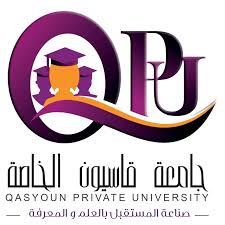The interacting atom-molecule BEC (AMBEC) dynamics is investigated in the mean field ap- proach. The presence of atom-atom, atom-molecule and molecule-molecule interactions, coupled with a characteristically different interaction representing atom-mo
lecule interconversion, endows this system with nonlinearities, which differ significantly from the standard Gross-Pitaevskii (GP) equation. Exact localized solutions are found to belong to two distinct classes. The first ones are analogous to the soliton solutions of the weakly coupled GP equation, whereas the second non- equivalent class is related to the solitons of the strongly coupled BEC. Distinct parameter domains characterize these solitons, some of which are analogous to the complex profile Bloch solitons in magnetic systems. These localized solutions are found to represent a variety of phenomena, which include co-existence of both atom-molecule complex and miscible-immiscible phases. Numerical sta- bility is explicitly checked, as also the stability analysis based on the study of quantum uctuations around our solutions. We also find out the domain of modulation instability in this system.
We introduce a new genuinely 2N qubit state, known as the mirror state with interesting entanglement properties. The well known Bell and the cluster states form a special case of these mirror states, for N=1 and N=2 respectively. It can be experiment
ally realized using $SWAP$ and multiply controlled phase shift operations. After establishing the general conditions for a state to be useful for various communicational protocols involving quantum and classical information, it is shown that the present state can optimally implement algorithms for the quantum teleportation of an arbitrary N qubit state and achieve quantum information splitting in all possible ways. With regard to superdense coding, one can send 2N classical bits by sending only N qubits and consuming N ebits of entanglement. Explicit comparison of the mirror state with the rearranged N Bell pairs and the linear cluster states is considered for these quantum protocols. We also show that mirror states are more robust than the rearranged Bell pairs with respect to a certain class of collisional decoherence.
We establish a theoretical understanding of the entanglement properties of a physical system that mediates a quantum information splitting protocol. We quantify the different ways in which an arbitrary $n$ qubit state can be split among a set of $k$
participants using a $N$ qubit entangled channel, such that the original information can be completely reconstructed only if all the participants cooperate. Based on this quantification, we show how to design a quantum protocol with minimal resources and define the splitting efficiency of a quantum channel which provides a way of characterizing entangled states based on their usefulness for such quantum networking protocols.
Quantum conversation is a way in which two parties can communicate classical information with each other using entanglement as a shared resource. We present this scheme using a multipartite entangled state after describing its generation through appr
opriate circuit diagrams. We make use of a discrimination scheme which allows one to perform a measurement on the system without destroying its entanglement. We later prove that this scheme is secure in a noiseless and a lossless quantum channel.


